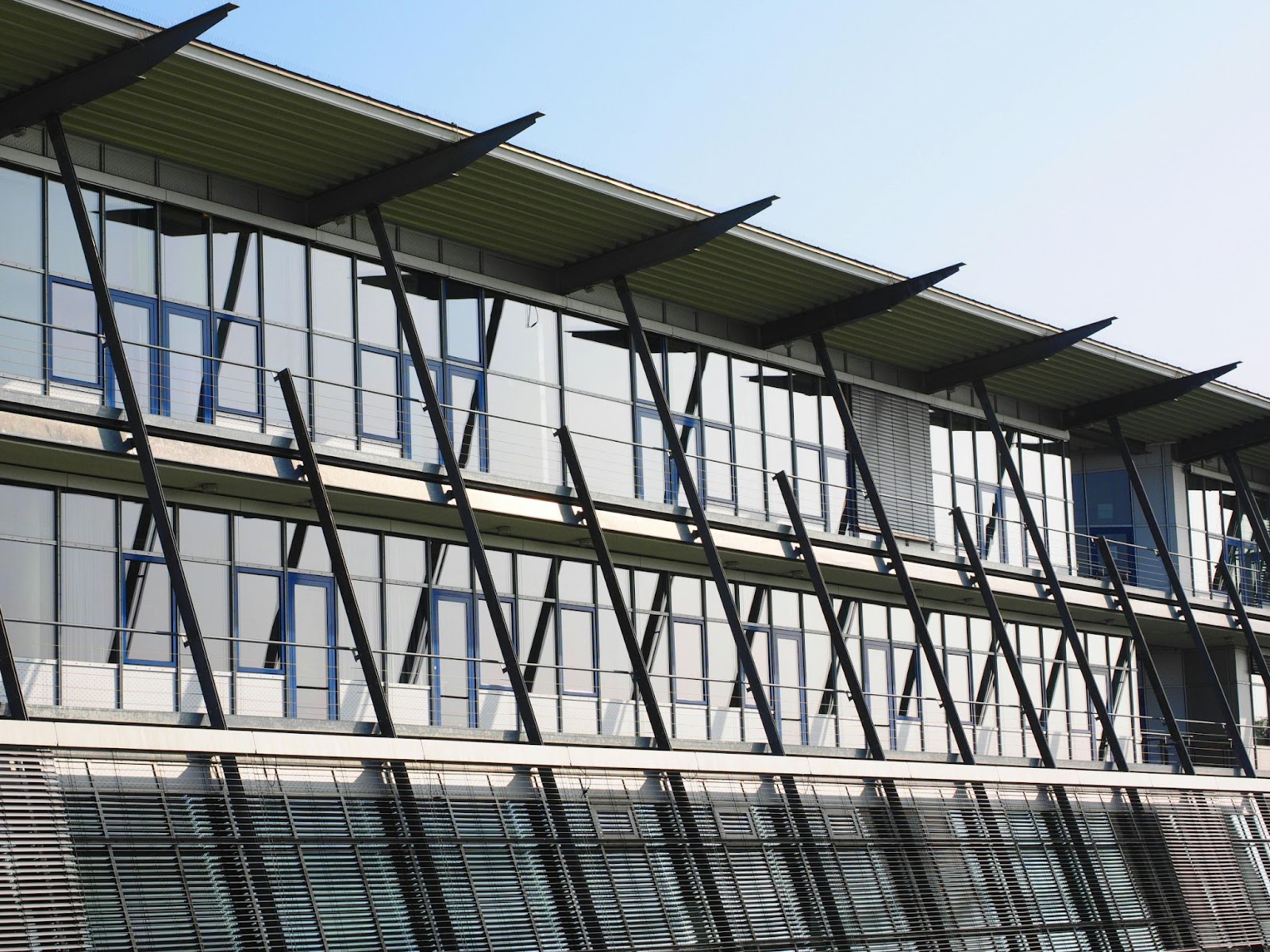What are leaded glass windows? Learn how they are made, and discover popular applications. Find high-quality leaded glass to elevate your space.
In modern times, the application of leaded glass has transcended its historical use in decorative windows, evolving into an essential component in the field of medical and industrial safety. X-ray-leaded glass windows represent a critical advancement in this domain, offering protection against harmful X-ray radiation. These specialized windows are extensively used in spaces where radiography is performed, such as in hospitals, dental practices, and diagnostic imaging centers, ensuring both the safety of operators and the comfort of patients while maintaining a clear view for observation and assessment.
Whether in medical or architectural contexts, the use of leaded glass windows requires an understanding of their unique properties and manufacturing process.
What Are Leaded Glass Windows?
Leaded glass windows are not only limited to aesthetic enhancement; they also have utilitarian applications in safety and protection. X-ray-leaded glass windows, in particular, serve a critical role in medical and industrial settings, shielding individuals from harmful X-rays during diagnostic and therapeutic procedures. These specialized windows incorporate a sheet of lead between panes of glass, providing a clear view while effectively blocking the penetration of ionizing radiation. Ensuring environments remain safe from radiation while offering visibility, x-ray-leaded glass is an essential feature in a variety of protective spaces, from hospital radiology rooms to dental offices and laboratories.
How Are Leaded Glass Windows Made?
The creation of leaded glass windows is a labor-intensive and intricate process that requires skill, precision, and patience. Here’s a glimpse into the making of these stunning works of art:
Design And Pattern Creation
The first step in creating a leaded glass window is to design the desired pattern. This can be done by hand or with computer-aided design (CAD) software, which allows for precise measurements and adjustments. Once the design is finalized, a full-scale pattern is created, which serves as a blueprint for the entire project. This pattern reflects all the intricate details, shapes, and sizes of the glass pieces that need to be cut, ensuring a guide that will lead to the accurate assembly and fitting of the leaded window.
Glass Cutting And Cleaning
Next, sheets of colored and clear glass are cut into the specific shapes and sizes needed for the design. This process involves scoring, breaking, and grinding the glass to achieve precise measurements while preserving the integrity of the material. The pieces are then cleaned to remove any debris or oils that may interfere with proper adhesion.
Assembling The Glass Pieces
With all the glass pieces cut and cleaned, they are placed according to the pattern onto a flat surface, typically a large sheet of plywood covered in paper. This surface serves as the base for the window and prevents the glass from shifting during assembly. The pieces are then arranged and held together using lead strips—strips of lead that serve as borders between each glass piece, creating one cohesive unit.
Soldering And Finishing
The final step in creating a leaded glass window is soldering. This involves running molten metal along the seams of the lead sheet, joining and strengthening all the pieces together. It’s essential to achieve smooth and uniform solder lines, both for aesthetic purposes and to ensure structural stability. Once the solder has cooled, the window is cleaned again to remove any excess flux or residue, giving it a polished finish.
Leaded Glass Vs. Stained Glass: Understanding Their Unique Charms
Leaded and stained glass are often used interchangeably, but they are distinct in their composition, coloring, design styles, and transparency.
Composition:
Leaded glass is primarily made of clear glass pieces held together by lead strips, while stained glass incorporates colored glass pieces to create a design. The use of lead in leaded glass makes it sturdier and more resistant to breakage, making it a popular choice for protective windows.
Coloring
Stained glass boasts a broader and more vibrant spectrum of colors due to the addition of metallic salts. In contrast, the colors in leaded glass tend to be more subdued and are often achieved through actual glass production in color rather than a surface treatment. While stained glass is known for its vivid tones, leaded glass is renowned for its ability to create subtle effects and depth through the use of varying textures and finishes.
Design Styles
Designs in X-ray-leaded glass are primarily focused on functionality, aiming to provide the highest level of protection from radiation while maintaining clarity. The aesthetic is often secondary to the safety requirements and results in simpler, less ornate patterns. The lead used in these windows is chosen for its radiopaque qualities rather than for crafting intricate designs. While, stained glass designs with a spectrum of colors and textures available in stained glass, allowing for a level of artistic expression that is not the focus in X-ray leaded glass.
Transparency
Both leaded and stained glass transmit light, but the level of transparency can vary significantly. Stained glass is known for its ability to diffuse light, creating a multicolored filtered effect. Leaded glass, on the other hand, allows for a clearer view while still providing protection from radiation.
5 Popular Applications Of Leaded Glass Windows
From residential to historical contexts, leaded glass windows find themselves making a statement in various applications, each one celebrating the unique elegance and allure of this glass art form.
Airport Security X-Ray Stations
Leaded glass windows play a pivotal role in enhancing security at airport X-ray stations by providing essential radiation shielding. This type of glass contains a high lead content, which is highly effective at blocking harmful X-rays from passing through. By using leaded glass in the viewing panels and protective barriers around X-ray scanning equipment, airports ensure that both passengers and employees are shielded from the potential health risks associated with ionizing radiation exposure.
Industrial X-Ray Imaging Of Welds
Leaded glass is also used in industrial settings for X-ray imaging of welds. This application requires a high level of precision and clarity to ensure accurate inspections and assessments. Leaded glass provides the necessary shielding while still allowing for clear and detailed imaging, making it an essential component in ensuring safety and quality control in industries such as construction, aerospace, and engineering.
Electron Beam Shielding
In research settings, leaded glass is used to shield radiation from electron beams. This specialized glass contains a high percentage of lead oxide, making it an effective barrier against the potentially harmful effects of radiation exposure during treatment procedures. Leaded glass also allows for visualization of the patient during the procedure, making it an essential component in ensuring both safety and accuracy.
Medical Imaging
Leaded glass is commonly used in medical imaging, such as X-rays and CT scans. The high lead content of this specialized glass provides crucial shielding for both patients and medical personnel while still allowing for clear visualization of internal structures. This makes it an invaluable tool for providing accurate diagnoses and treatment plans.
Nuclear Power Plants
Leaded glass windows play an essential role in the safety and functionality of nuclear power plants. The glass is used as a barrier between workers and radioactive materials, providing vital protection against harmful radiation. It also allows for clear visualization during inspections and maintenance procedures, making it a crucial component in ensuring the safe operation of nuclear facilities.
Where To Buy High-Quality Leaded Glass Windows?
For those in search of premium leaded glass windows, one renowned provider stands out—Liberty Shielding. With a commendable reputation for crafting windows that are as beautiful as they are secure, Liberty Shielding offers a diverse selection of X-ray lead glass products. Clients can expect a fusion of painstaking craftsmanship, which honors traditional techniques, with modern design sensibilities that cater to both aesthetic preferences and safety requirements. Each piece from Liberty Shielding is not just a window, but a reflection of artistry intertwined with the assurance of durability and protective efficacy. Whether for a home, business, or a place of reverence, Liberty Shielding’s leaded glass windows promise to be both an artistic statement and a bastion of safety.
Buy The Best Lead Glass For Windows Now!
Ready to elevate your space with the striking beauty and practicality of leaded glass windows? Look no further. With a prestigious reputation for impeccable workmanship, Liberty Shielding is the go-to destination for premium X-ray lead glass products. Discover the perfect window solution that combines elegance and safety by browsing our collection now. Whether it’s for functional or aesthetic purposes, these windows offer a timeless appeal and practical benefits that make them a worthwhile investment for any space. Choose the best and most trusted provider of leaded glass windows today and enjoy the beauty and safety they bring to your workplace.




